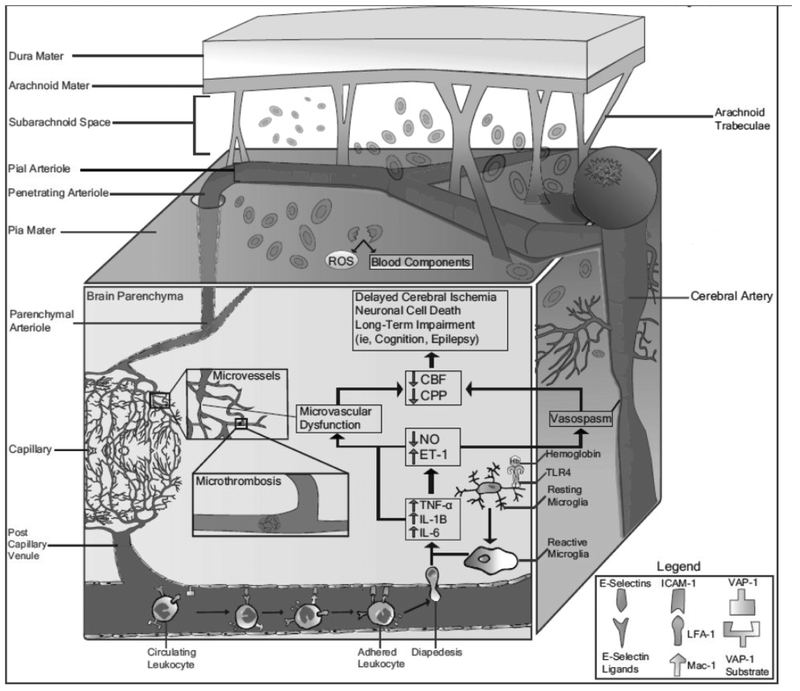Figure 1. Neuroinflammation and microvascular dysfunction after aneurysmal subarachnoid hemorrhage.
In addition to the well-studied phenomenon of cerebral vasospasm, release of blood products into the subarachnoid space can trigger a robust inflammatory response consisting of activated microglia, secretion of pro-inflammatory cytokines, increased expression of CAMs, peripheral leukocyte recruitment, and BBB disruption. This can further contribute to microvascular dysfunction including arteriolar vasoconstriction, microthrombosis, and imbalance of endogenous vasoconstrictors and vasodilators, which further compromises CBF and drives delayed ischemic damage.

